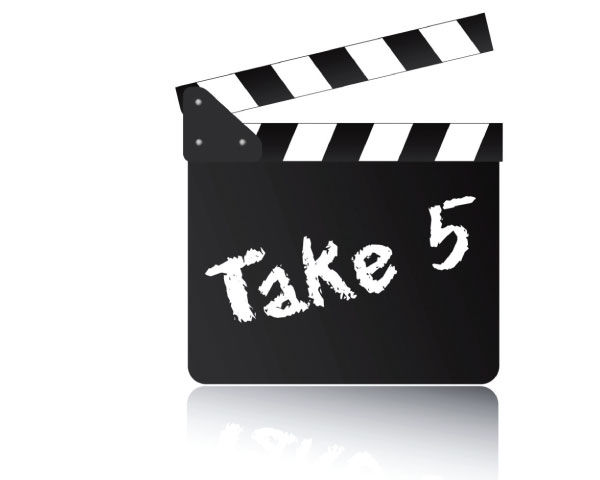The Pepper’s Ghost effect is one of the most popular illusions ever. Variations of it have made it into theme park haunted houses, theatrical plays, even promotional presentations given by the CEO of the second most popular computing platform (Hi Mr. J.).
I won’t go into details of how to construct the illusion, as there are countless descriptions on the web see Peppers Ghost. Instead we’ll explore 5 tips to enhance the effect through video.
1. Video into Practical
Enhance the live effect by projecting pre-made video. Shoot your ghost against a black background. Your subject should be as light as possible, and make sure no lighting spills onto the background. Velour or Duvetyne will probably be the best fabrics for absorbing fall-off. You can zoom, pan and add visual effects to your video, making your subject float, grow larger, or drift in an ethereal haze. You can then use a television for playback onto the glass. Be sure to turn down the brightness and/or the contrast up to get the black screen as dark as possible. You can burn your work to a DVD for looping, or even project a live camera shot of the actor with the effects, for real-time interaction.
2. Practical into Video
There’s no need to use angled glass to get a ghost into your videos. Composite them instead. Be sure to frame the ghost so the size is about the same as needed on the set. Consider shooting both the ghost and the other actors simultaneously, and within sight of each other if possible, so they can play off one another. If not, shoot your spirit first and play it back on set while your actors perform their scene. In post, you can use the luma key effect to superimpose the spirit into your original video. Use a position effect to make the spirit glide around the screen.
3. Light and Glow
Light your subject with a black light to make them glow. 18″ or 24″ fluorescent black lights are common, and allow you to light evenly. You can also try the “work light” type flood black lights. There are even battery-operated models that work great. The best thing about black lights is that they will have almost no impact on your black backdrop.
4. The Ethereal Plane
Let’s make our ghost a little more otherworldly. Place a ghost shot on your edit timeline. Mark your in-point at the beginning of the ghost’s movement, and the out-point half way through it. Now add a second video track and drop in the same exact footage that’s below it, however, slow this one down by 50%. The first frame will be the same, but the rest will get progressively further apart. Now, go back to the source. Mark-in on the frame where the top clip stops, and out at the end of the bottom clip. Once again drop your source clip into the second track, only this time speeding it up by 50%. Finally, reduce the opacity of the top clips by about 50%. When you play it back, you should see the ghost with exaggerated trails whenever they move. The trails will get further and further out the longer the movement, then catch up with the original by the end. Your ghost is now moving between dimensions. Loose, flowing clothing enhances the effect.
5. Choose the Right Key
Pepper’s ghost is one instance when you should consider using a luma key (brightness) instead of a chroma key. You’ll avoid those green halos and have less breakup. Since the ghost is usually translucent anyway, it will only add to the effect if some of the subject occasionally falls below key level and disappears. The downside is that you’ll be limiting your subject to a highly controlled location, probably in a studio. This is not an issue however if your ghost hangs in one place, or will glide instead of walking.
A chroma key on the other hand will allow you to shoot your ghost on-set, maintaining exact camera angles, position, lighting, etc. Shoot the scene with your living actors first. Then without moving anything, shoot it again with just the ghost. Place your key green only in places where the ghost will travel. Here’s a tip: have your crew carry a green screen behind it as it goes, creating a live traveling matte.
Peter Zunitch is a post-production manager and editor working on every system from 16mm film to Avid Symphony, utilizing many of today’s advanced manipulation and compositing tools.








